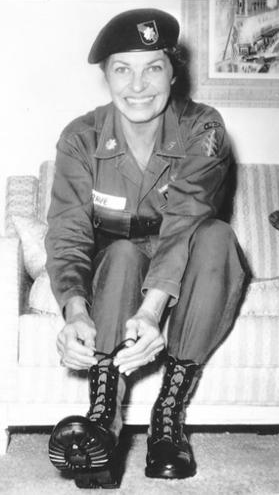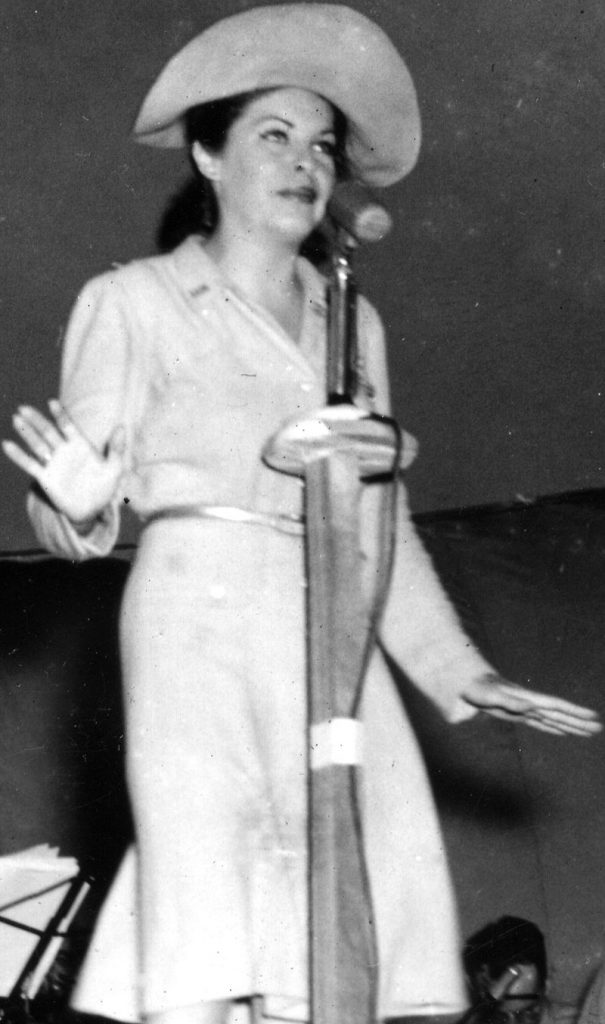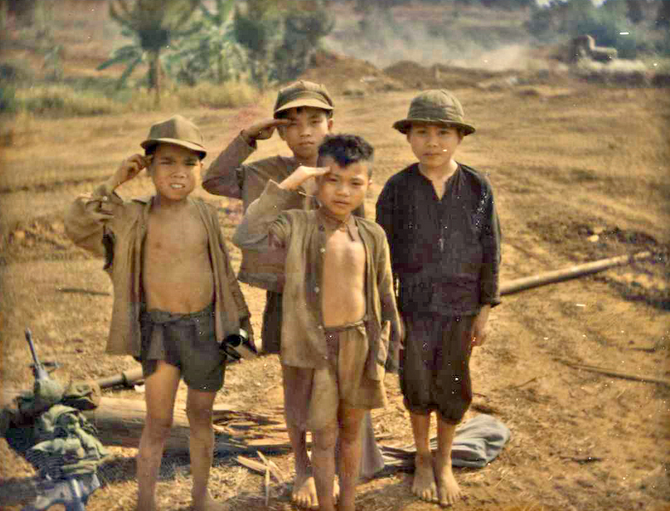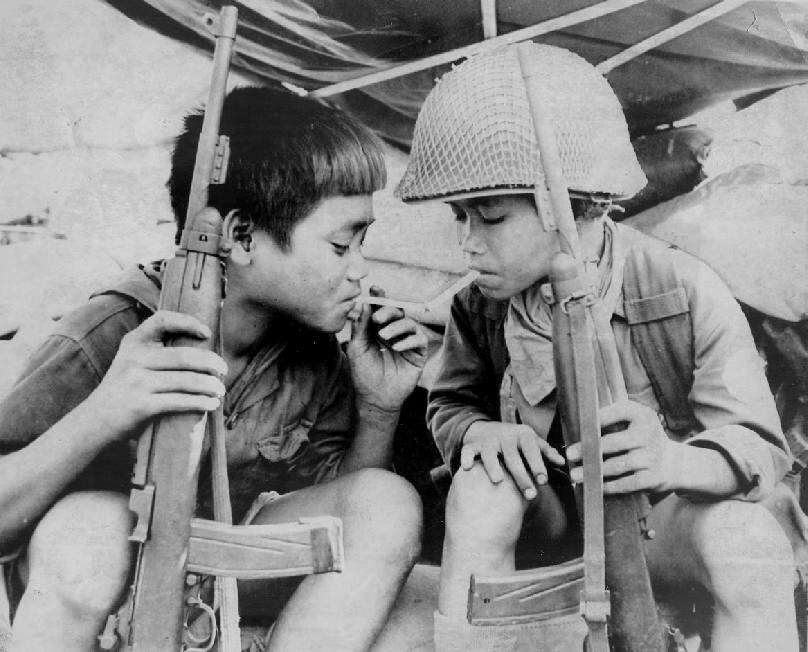Bob Gray grew up in Tuscaloosa, Alabama. He went to college to get a degree in engineering and a masters in geology. While in the military, he served as a second lieutenant when he was promoted to company commander. He was a member of the 101 Airborne along with the 82 airborne. He was mostly responsible for contributing to artillery, and even developed his own methods of handling smoke and artillery that landed him the nickname of “Smokey.”

By Dwight Burdette – Own work, CC BY 3.0 
Montagnards 
Men of the 1st Brigade, 101st Airborne Division, fire from old Viet Cong trenches
The 101 Airborne was a division of the U.S. Army trained for assault missions. They’re a specialized modular light infantry also known as the “Screaming Eagles.”
The 82 Airborne was also a division of the U.S. Army, however, they specialized in parachute assault operations into denied areas. With the U.S. Department of Defense, they would respond to crisis contingencies anywhere in the world within 18 hours. The division nickname was “All American” and originated from World War 1, where all members were diverse in their origins within the United States.
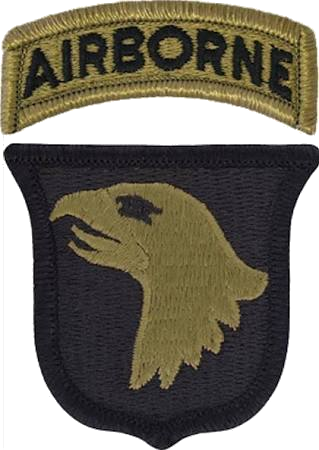
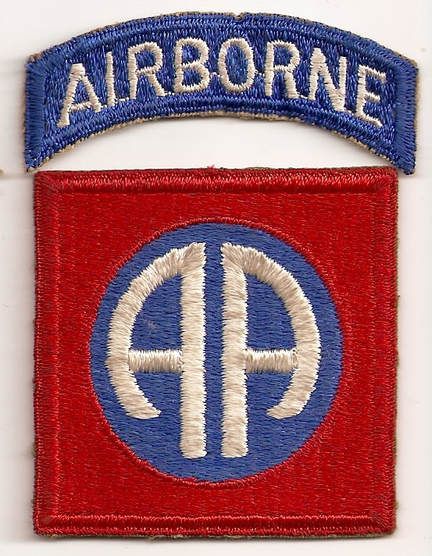
Found on here
“So, I had a lot of responsibility and I took it very seriously and um, I even developed my own method for adjusting artillery fire in the jungle. There’s three canopies in the jungle and uh, you fire right on top of that where there’s three canopies, nothing happens to the people below. You gotta somehow get down- wherever it is, artillery, whatever comes in. You gotta fight its way through all that jungle…”
Interview with Bob Gray by Madison Stacey
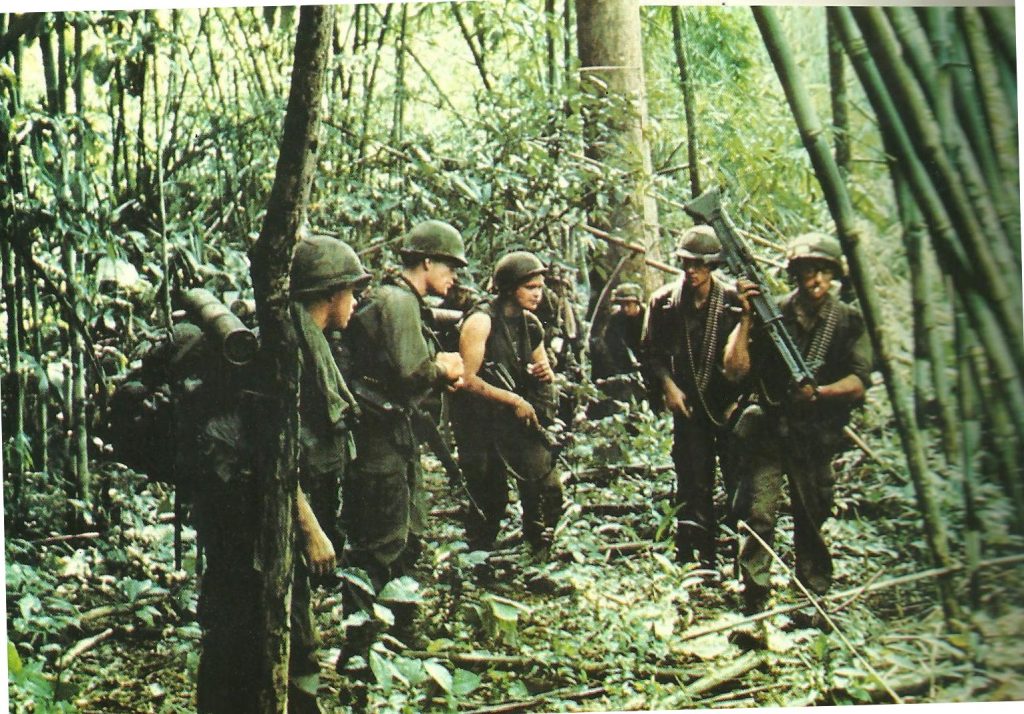
One of the main artillery weapons used was the 105mm howitzer, which was also used in World War 2. This specific artillery could be towed behind trucks or even carried by a helicopter to be dropped into position. The 105mm howitzer was known to drop “beehive cartridges”, or shrapnel shells, that were small, sharp darts at a rate of three to eight rounds per minute. The artillery was operated by eight men each and could cover 12,500 yards.
Another very common weapon used during the Vietnam war was the m-60 machine gun. The m-60 was used as an artillery weapon when mounted on helicopter or tank, however, tanks were not commonly used in Vietnam due to the thick jungle landscape. There were few setbacks using the m-60 such as ammunition cartridges belt due to their weight, limiting how much ammunition soldiers could carry. At long range, m-60’s could fire 550 rounds at about 2,000 yards.
During his time in Vietnam, Mr. Gray faced a serious injury to his leg that later earned him a purple heart. He explains that the Vietnamese would put stakes in the ground on down-slope pathways so that when exiting, it would “go with the grain.”
Mr. Gray recalls that not everything of Vietnam was bad, and even had the experience of escorting celebrities who visited over-seas troops such as Martha Raye. She was known to have gone over-seas up to eight times and staying for nearly a year each time. She was the fifth person to be awarded the title of Honorary Green Beret. While she was in Vietnam, she would help in combat hospitals instead of performing sometimes, as she was a licensed practical nurse. Her help gained her the nickname “Colonel Maggie.” She was not officially listed in the military, but due to her help and dedication to soldiers overseas, she was eventually buried in Fort Bragg and received an almost complete military burial upon her death. There was a website made in her honor by veterans who had worked with her in Vietnam sharing photos and stories of her influence that can be found here.
“Later on we had some entertainment. The U.S.O’s brought in and had me escort Martha Ray, you probably don’t know her, but just a lovely lady. Before, I was her escort officer, and I picked her up where her plane landed and got her a jeep and her piano player and myself and the driver for the jeep. We stayed together for all of the day and a half almost two days. She was going to do the show and she wanted to be in the most forward area where the most people would listen to her. She would yell and it got everyone’s attention. She was the main one I escorted.”
Interview with Bob Gray by Madison Stacey
Mr. Gray spoke on his interactions with the native people of Vietnam. He had his experiences being around the Montagnards, which are the indigenous peoples of the central highlands of Vietnam. Their name comes from French dissent and means “people of the mountains.”
During the Vietnam war, Special Forces actually trained Montagnards in guerrilla warfare and defended villages against the Vietcong. In most veterans cases, they recall their experiences with the Montagnards and the highlights of their relationships with them.
In “The Hidden History of Vietnam” John Prados writes on how 30 different tribes made up one million Montagnards in Vietnam. They spoke Malayo-Polynesian, and variations of Mon Khmer.
France had promised to give Montagnards land, but they never acted on their promise. Montagnards did not support the communist Vietnamese government, and had many issues with the Vietnamese, racism being one of them. The Vietnamese exploited the Montagnards and their lands, and ridiculed them for living as “tribesmen” and thought of them as lesser people.
“And I found I got to walk around the operation and through a lot of villages and isolated areas and we got to meet a lot of Montagnards’s and I have a lot of respect for them and they earned it…The Montagnards take care of themselves.”
Interview with Bob Gray by Madison Stacey
Additional Readings:
The Hidden History of the Vietnam War
